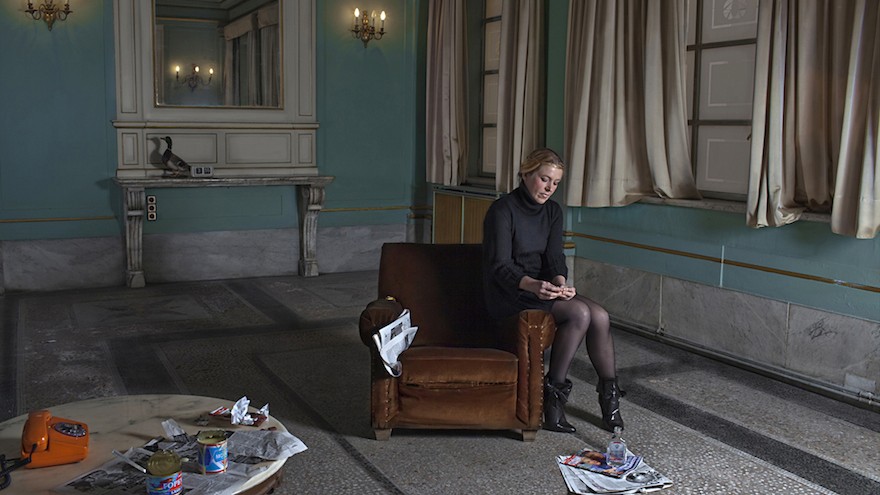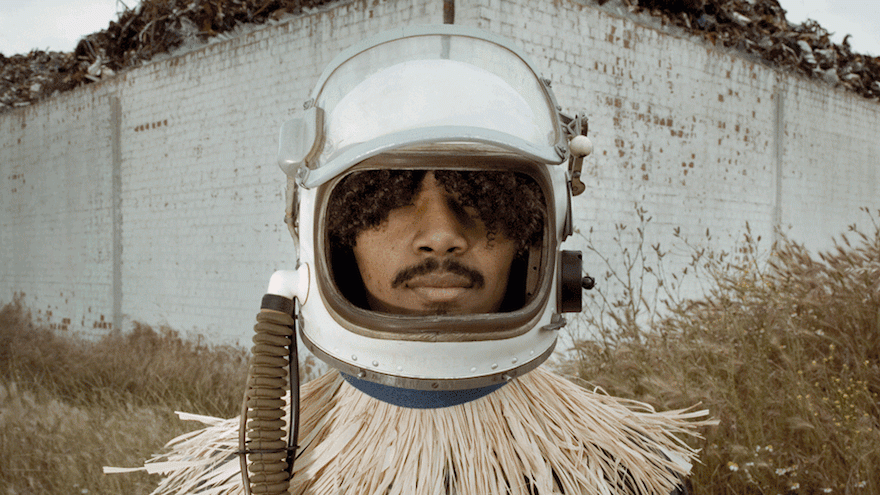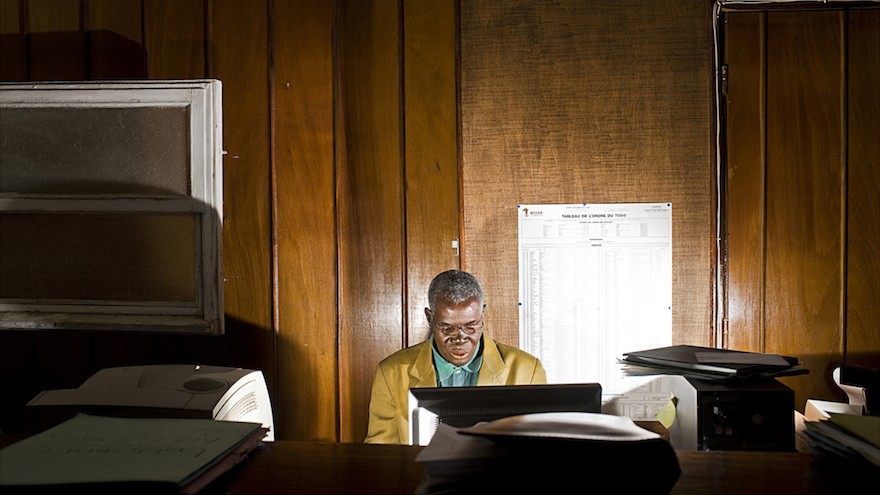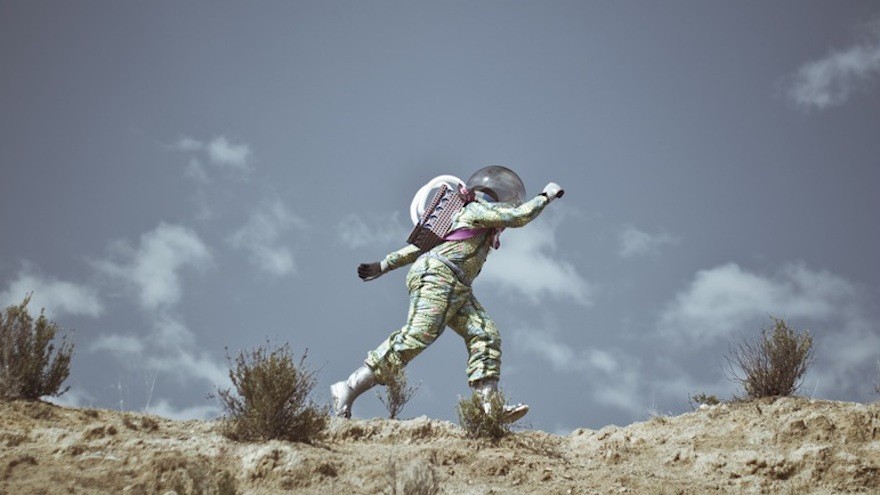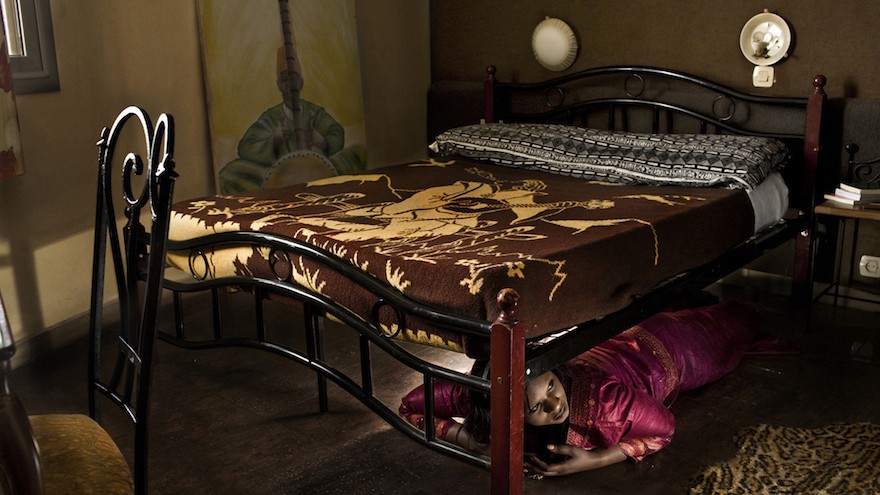Spanish photographer Cristina de Middel is well known for her photographic series that tell unusual but fascinating stories. In Poly Spam, de Middel brought various spam emails from her own email account to life, by constructing and photographing detailed scenes of the exact moment the spammers sent their emails. Later, the photographer created Afronauts – a series that conjures up amusing scenarios based on Zambia’s failed mission to Mars in the 60s. And in This is What Hatred Did, de Middel composed a modern-day photographic depiction of Nigerian writer Amos Tutuola’s novel My Life in the Bush of Ghosts.
Her fictional images have the appearance of frozen moments of a movie after someone has hit the pause button. Given her completely subjective style of photography, her post-graduate degree in photojournalism and army school training feels a little out of place amongst her masters degrees in the more interpretive disciplines of photography and art.
De Middel has been labelled a visual storyteller who approaches her photographic series like a filmmaker with a set, actors, costumes and camera angles – the big difference is she compresses an entire story into one perfect shot. We caught up with the storytelling photographer to discover the process behind her photographic narratives.
I try to expand the borders of traditional photography, not with any new technique but by re-questioning its standards.
"We are used to consuming the world through certain images – I just wonder why and try to tickle that assumption in a playful way,” says de Middel.
The majority of time spent on her projects involves visualising the stories and pre-production.
Telling a story means creating action and some tension – more like making a storyboard. I consider myself a visual storyteller who uses a camera.
Generating ideas is a constant process, in which inspiration is drawn from overheard conversations, newspapers or a simple anecdote, and then recorded in a diary.
Once she has settled on an idea, de Middel enters pre-production phase, which she says is “actually the big (and incredibly fun) part of [her] working process,” and involves “finding props, clothes and locations to create the scenes”.
As a storyteller, de Middel is most drawn to “stories with many layers” that allow her “to open a debate in a playful way and produce mixed feelings” by challenging certain assumptions.
There is always a link to some contemporary issue, but I might use a fairy tale to approach it. Very often it is not about the story itself but about how I decide to talk about it, says the photographer.
De Middel is bringing her unique vision to the upcoming Lagos Photo Festival 2015, as festival curator. The theme of the event is “Designing Futures,” which speaks to the re-birth of African design – design in its broadest interpretation:
“The artists that will be showing their work have been selected on the basis of their original approach to what I understand is design in a wider sense."
You design when you make decisions; history is the result of a certain design and what is left of history is inspiring design for the future.
"What I like about this theme is that it can be approached at many levels and it’s a good chance to talk about Africa from a different angle,” she says.
In her own depictions of Africa, de Middel tries to avoid the African clichés fed to the rest of the world.
“I try to get across that Africa is not a country, that it is not a battlefield, and that there are a lot of positive stories, and a lot of extremely talented people doing amazing things.” She adds, “People cannot keep on travelling to Africa with the Western mentality that further feeds a cliché́ that is post-colonial and completely outdated.”

